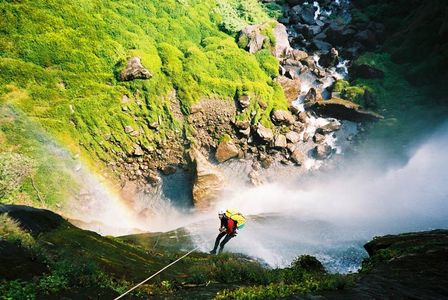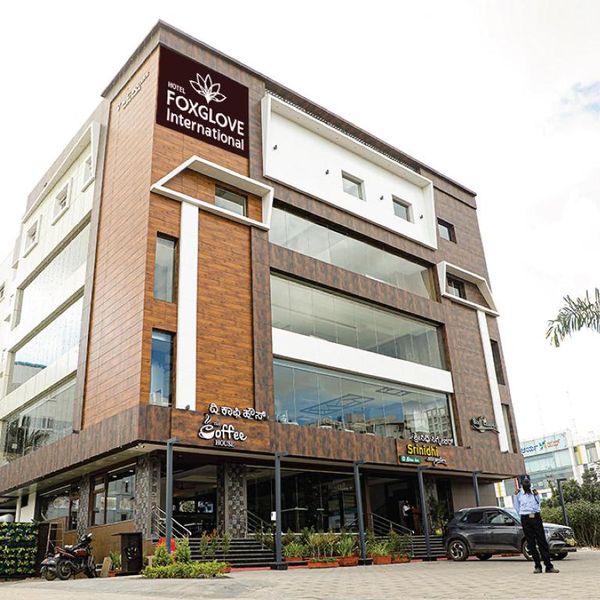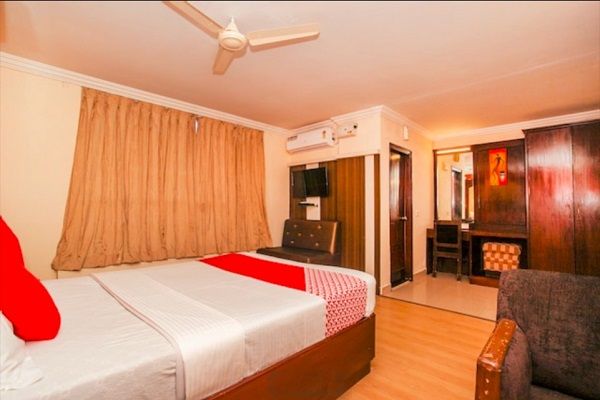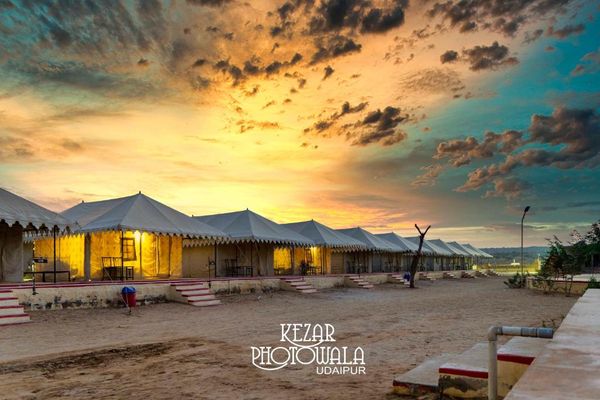Where to Go Canyoning in Nepal – A Quick Guide
 Sara Funes
22 May, 2025
9 mins read
16
Sara Funes
22 May, 2025
9 mins read
16

Nepal is globally known for its towering mountains, world-class trekking routes, and rich Himalayan culture. But beyond its famous peaks and trails lies a lesser-known yet thrilling adventure sport — canyoning. Ideal for adrenaline seekers and nature lovers alike, canyoning in Nepal offers a unique opportunity to explore remote gorges, slide down natural waterfalls, abseil cliffs, and jump into crystal-clear pools. Whether you are a seasoned adventurer or a curious first-timer, Nepal’s rugged terrain makes it one of the most exciting destinations in South Asia for canyoning.
What is Canyoning?
Canyoning, also known as canyoneering, is a multi-sport adventure that involves navigating through narrow canyons using techniques such as climbing, jumping, swimming, sliding, scrambling, and rappelling down waterfalls. It is a physically engaging activity that combines the thrill of water sports with the rugged beauty of untouched nature.
Nepal’s geography — with its high-altitude waterfalls, steep ravines, and pristine jungle settings — makes it an ideal location for canyoning. The activity is usually guided by experienced professionals and is suitable for both beginners and experienced adventurers.
Best Places for Canyoning in Nepal
1. Sundarijal (Near Kathmandu)
Just 15 kilometers northeast of Kathmandu, Sundarijal is one of the most accessible canyoning spots in Nepal. Located inside Shivapuri Nagarjun National Park, it is a perfect option for travelers short on time but seeking adventure near the capital.
Sundarijal offers a combination of short rappels, natural water slides, and plunge pools. The area is also a popular starting point for short treks and day hikes, making it an excellent option for those wanting to combine trekking and canyoning in a single day.
Highlights:
- Close proximity to Kathmandu
- Ideal for half-day or full-day trips
- Suitable for beginners
2. Jalbire Canyoning (Chitwan)
Jalbire, located along the Mugling–Narayanghat highway, is one of the most popular canyoning destinations in Nepal. It lies about 3 hours from Kathmandu and is a convenient stopover on the way to Chitwan National Park or Pokhara.
The Jalbire canyon features several waterfalls ranging from 20 to 40 meters, allowing for thrilling rappels and jumps. The route also includes natural rock slides and clear pools, making it an ideal full-day canyoning experience for both first-timers and seasoned adventurers.
Highlights:
- Multiple waterfalls up to 40 meters high
- Good road access
- Can be combined with a trip to Chitwan or Pokhara
3. Bhotekoshi and Sukute
The Bhotekoshi River Valley is famous for white-water rafting, but it also offers hidden gems for canyoning enthusiasts. Sukute, located on the banks of the Bhotekoshi River, is home to canyons with dramatic vertical drops and beautiful rock formations.
Canyoning here is often combined with overnight stays at river camps, making it a perfect weekend getaway from Kathmandu. The experience typically includes rappelling down tall waterfalls, scrambling over boulders, and navigating through forested ravines.
Highlights:
- Easily accessible from Kathmandu (about 3–4 hours)
- Adventure-packed with rafting, camping, and canyoning
- Intermediate to advanced level canyons available
4. Chamje (Annapurna Circuit Region)
Chamje, situated along the famous Annapurna Circuit Trek, is one of Nepal’s most scenic and remote canyoning destinations. The canyoning experience here is more rugged and technical, often requiring an overnight trek to reach the site.
This area is recommended for more experienced canyoners or those combining trekking with adventure sports. The waterfalls are higher, the terrain is more challenging, and the natural beauty is unmatched. Chamje canyoning is typically operated by specialized adventure companies with safety gear and certified guides.
Highlights:
- Remote and pristine canyon
- High-level technical canyoning
- Perfect for combining with Annapurna Circuit Trek
5. Lwang Ghalel (Near Pokhara)
For those staying in Pokhara, Lwang Ghalel village offers an excellent canyoning option within an hour’s drive. Tucked into the lush foothills of the Annapurna region, this destination offers a mix of gentle and steep waterfalls, lush greenery, and local village experiences.
Local operators often combine canyoning in Lwang Ghalel with homestay programs, making it a culturally immersive adventure. The waterfalls range from 10 to 30 meters, and the terrain is suitable for beginners.
Highlights:
- Close to Pokhara
- Cultural village experience
- Beginner-friendly canyoning trails
What to Expect During a Canyoning Trip
Canyoning in Nepal is typically conducted by licensed adventure companies that provide safety gear, including harnesses, helmets, ropes, and wetsuits. A typical canyoning trip begins with a safety briefing and a short hike to the canyon.
Once inside the canyon, participants descend a series of waterfalls, cliffs, and rock slides using a combination of rappelling, jumping, and swimming. Canyoning trips can last anywhere from a couple of hours to a full day, depending on the location and level of difficulty.
When is the Best Time to Go Canyoning in Nepal?
The best time for canyoning in Nepal is during the spring (March to May) and autumn (September to November) seasons. During these months, the weather is stable, and the water levels are ideal for safe canyoning.
Monsoon season (June to August) is generally not recommended due to heavy rainfall, which can make the canyons dangerous and unpredictable. Winter months (December to February) are possible in lower altitude regions, but the water can be too cold for comfort.
Tips for a Safe and Enjoyable Canyoning Experience
- Go with a certified guide: Always choose a reputable canyoning operator with certified guides and a strong safety record.
- Wear appropriate gear: Use the safety equipment provided and wear suitable shoes with good grip.
- Follow instructions carefully: Canyoning can be dangerous if not done correctly, so pay close attention to the guides’ instructions.
- Be physically prepared: Basic fitness is required, especially for longer canyoning routes that involve hiking or technical descents.
- Bring a change of clothes: You will get wet, so pack dry clothes and a towel for after the activity.
Conclusion
Canyoning in Nepal is a thrilling and unforgettable adventure that takes you deep into the country's lesser-explored natural wonders. With multiple destinations ranging from accessible day trips near Kathmandu and Pokhara to remote canyoning spots in the Annapurna region, there is something for everyone.
Whether you are a beginner looking to try something new or an experienced adventurer chasing your next adrenaline rush, canyoning in Nepal promises excitement, beauty, and a deep connection with the wild. Plan your trip during the right season, choose a trusted guide, and get ready to explore Nepal’s hidden waterfalls and canyons like never before.
Written By:
Sara Funes



Hotels at your convenience
Now choose your stay according to your preference. From finding a place for your dream destination or a mere weekend getaway to business accommodations or brief stay, we have got you covered. Explore hotels as per your mood.


